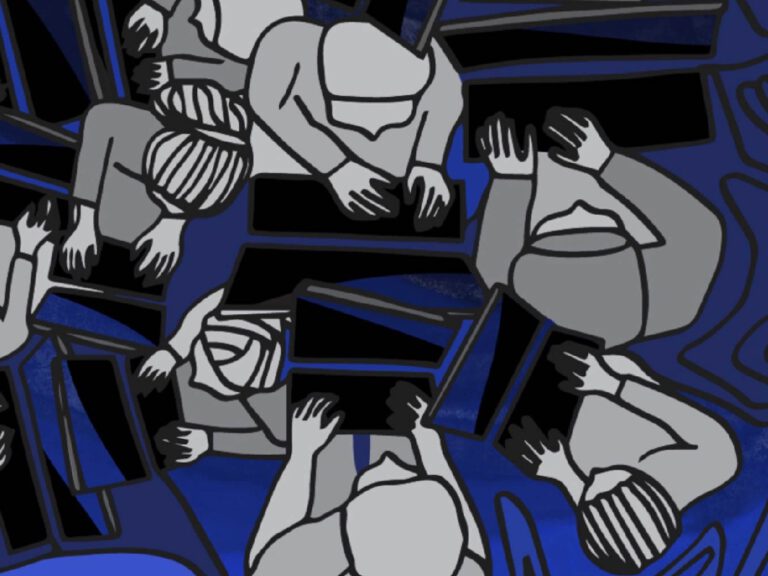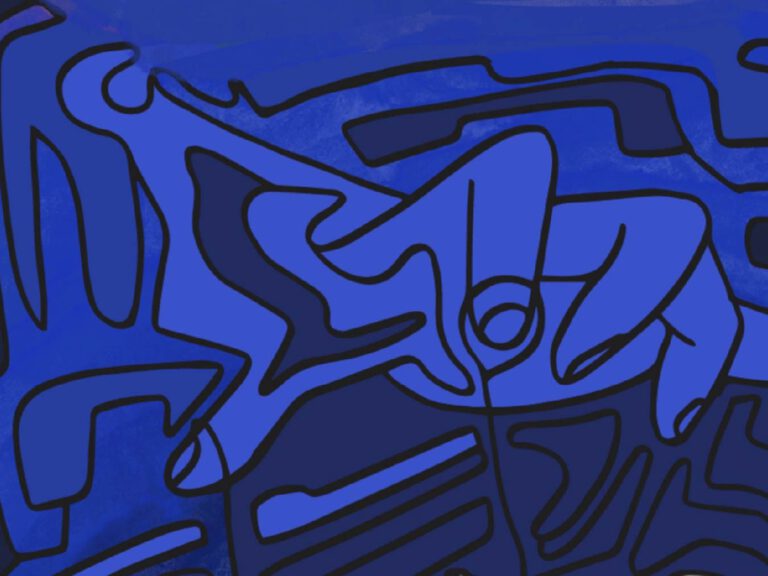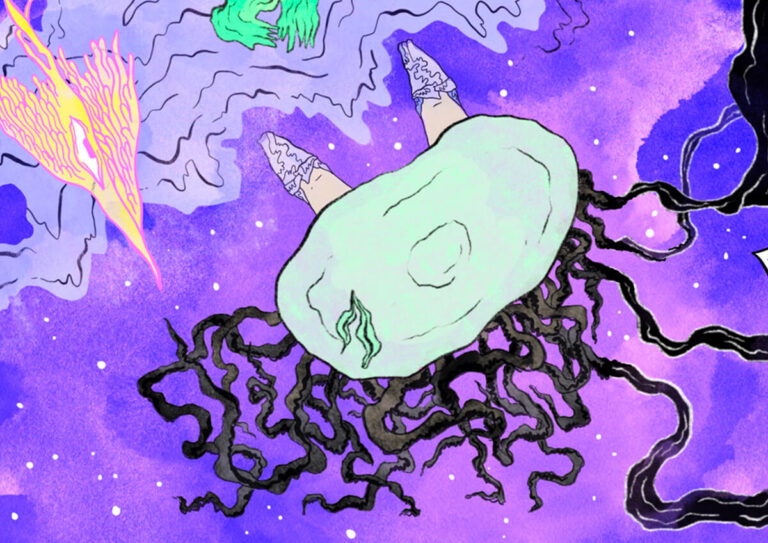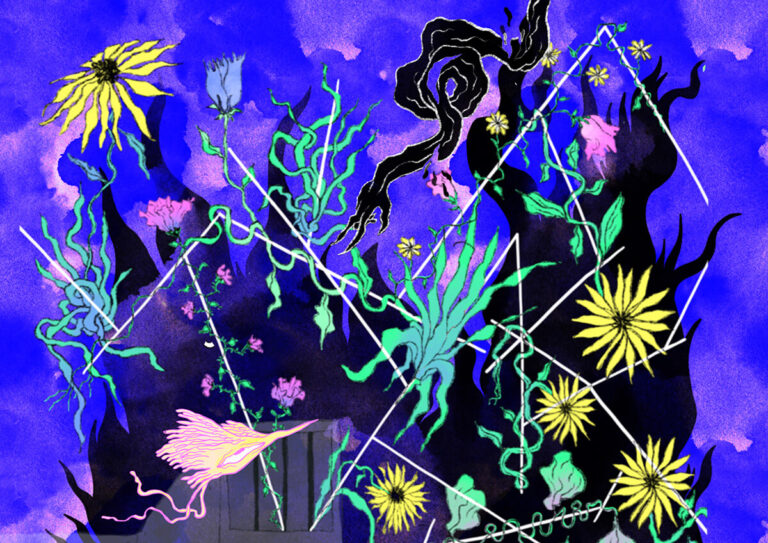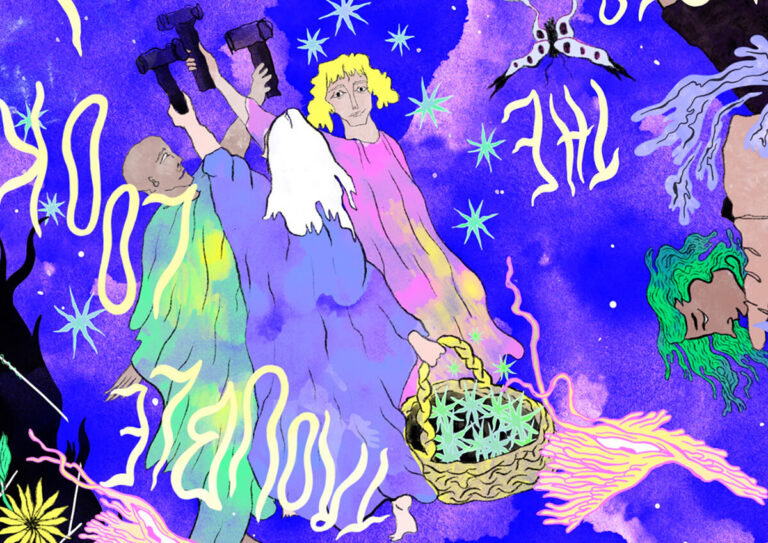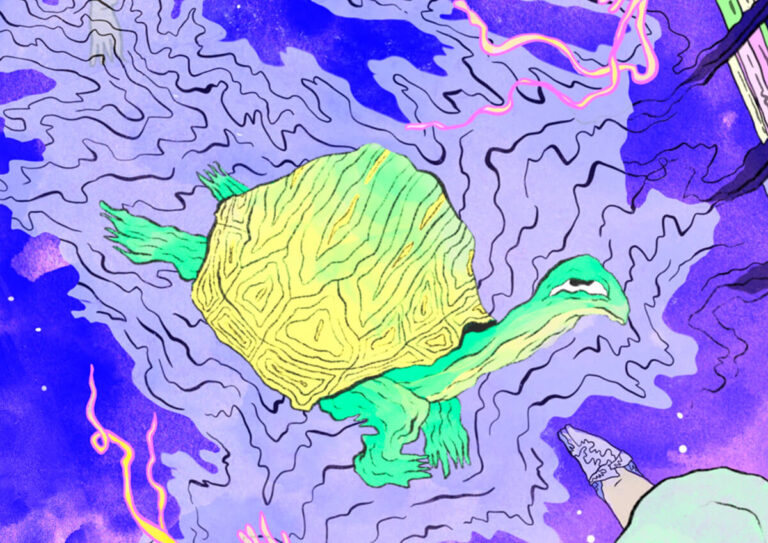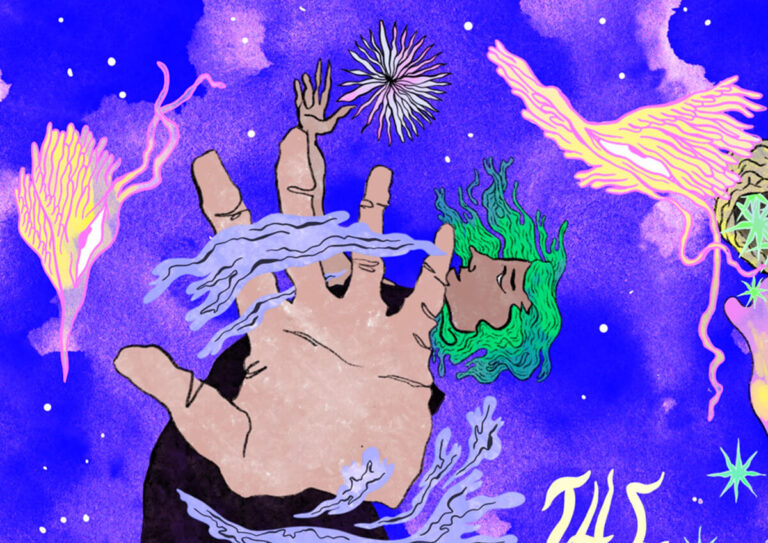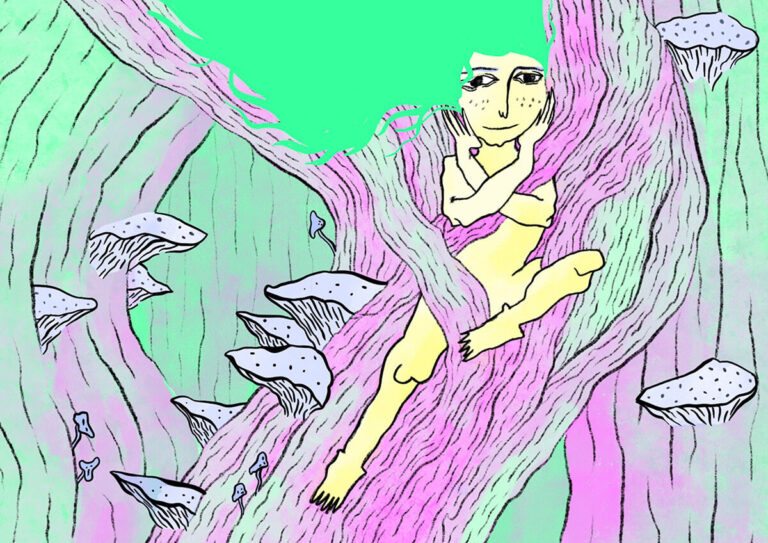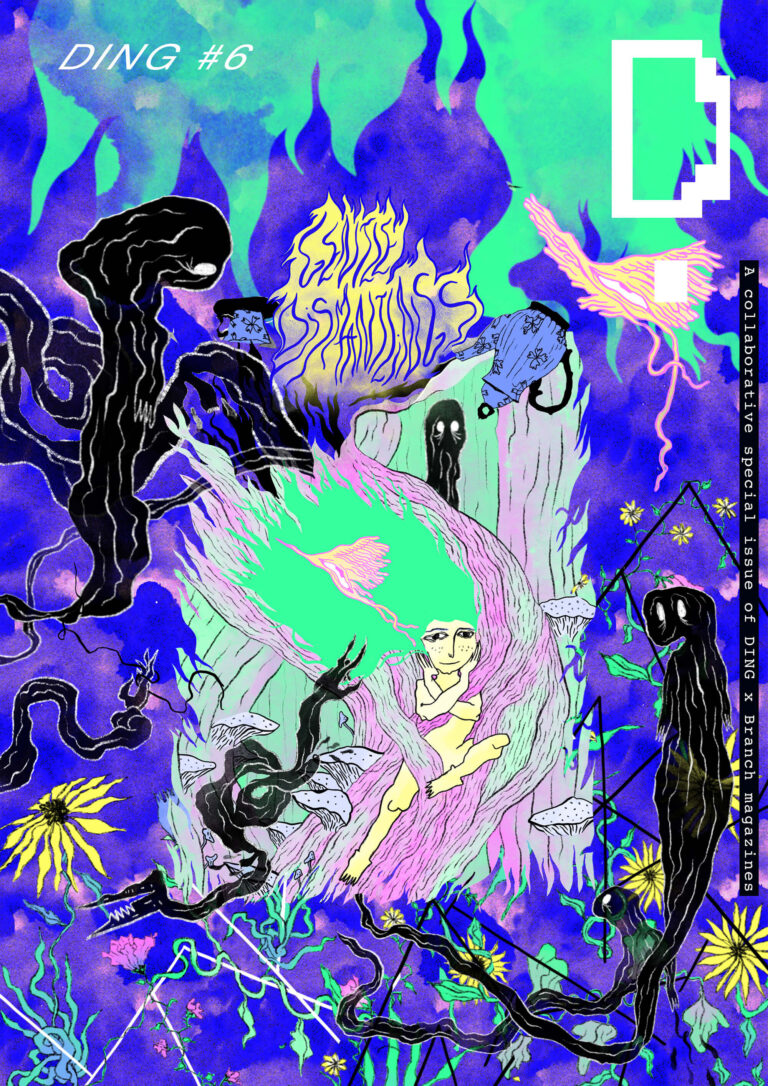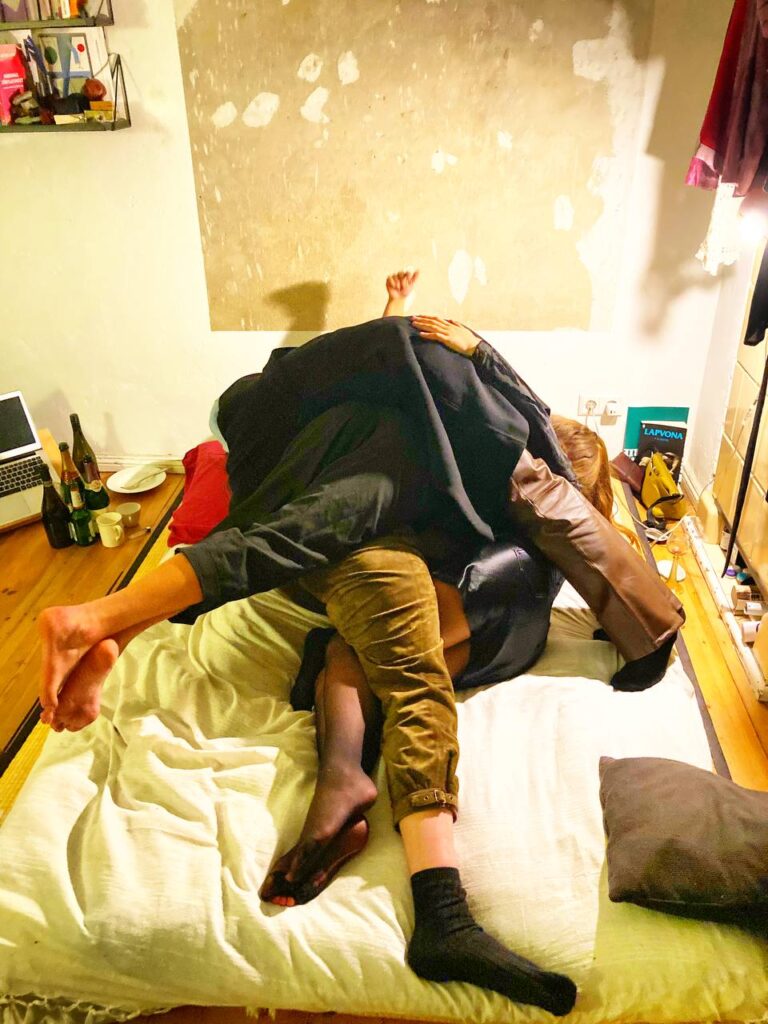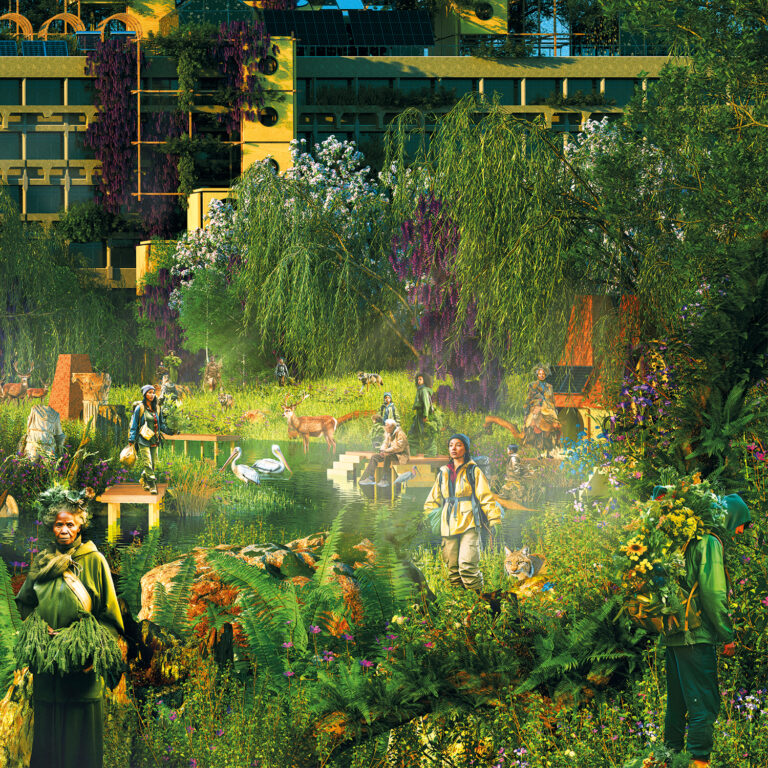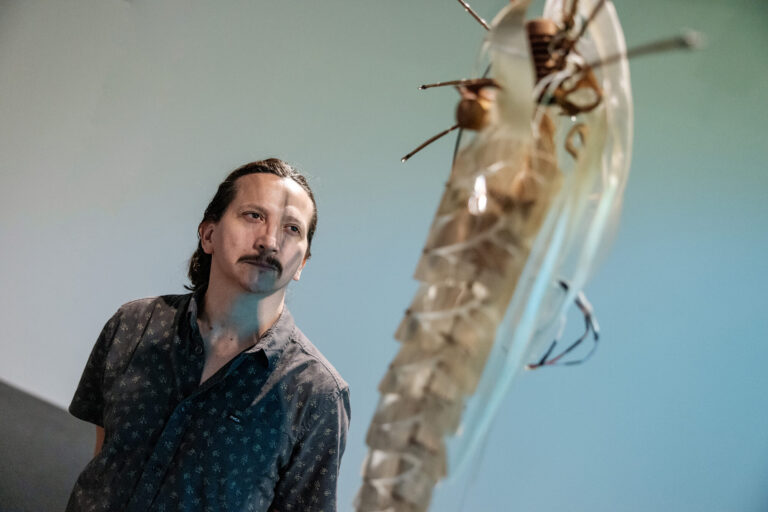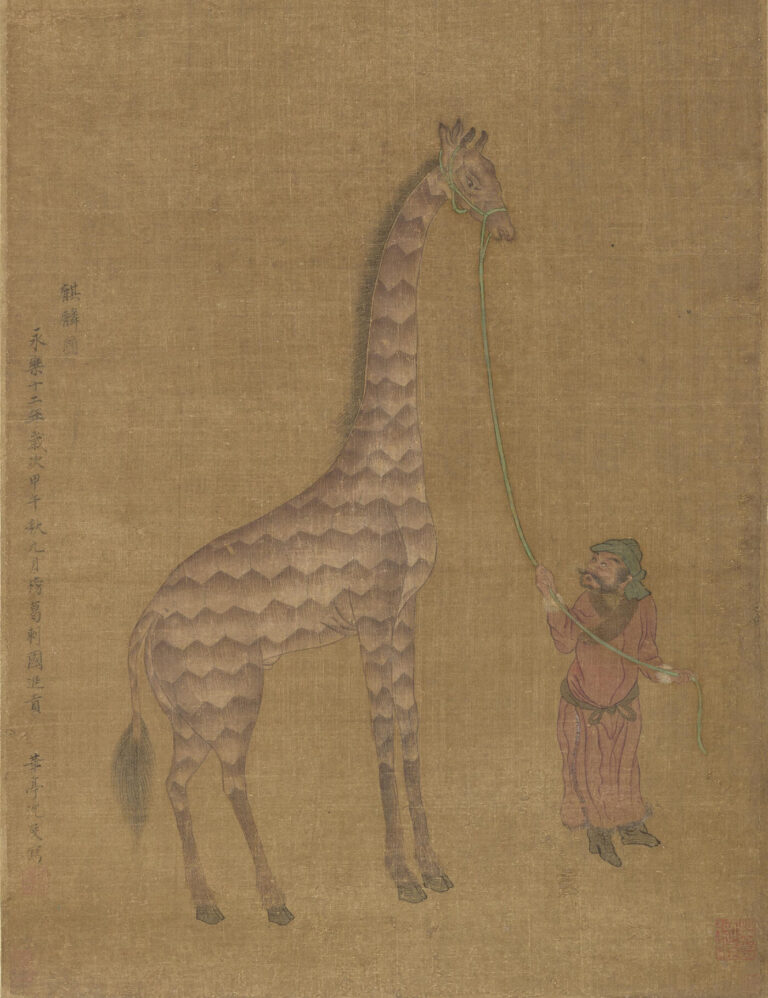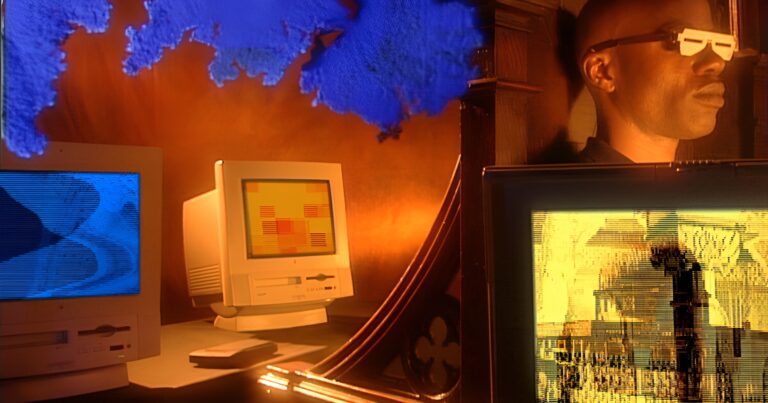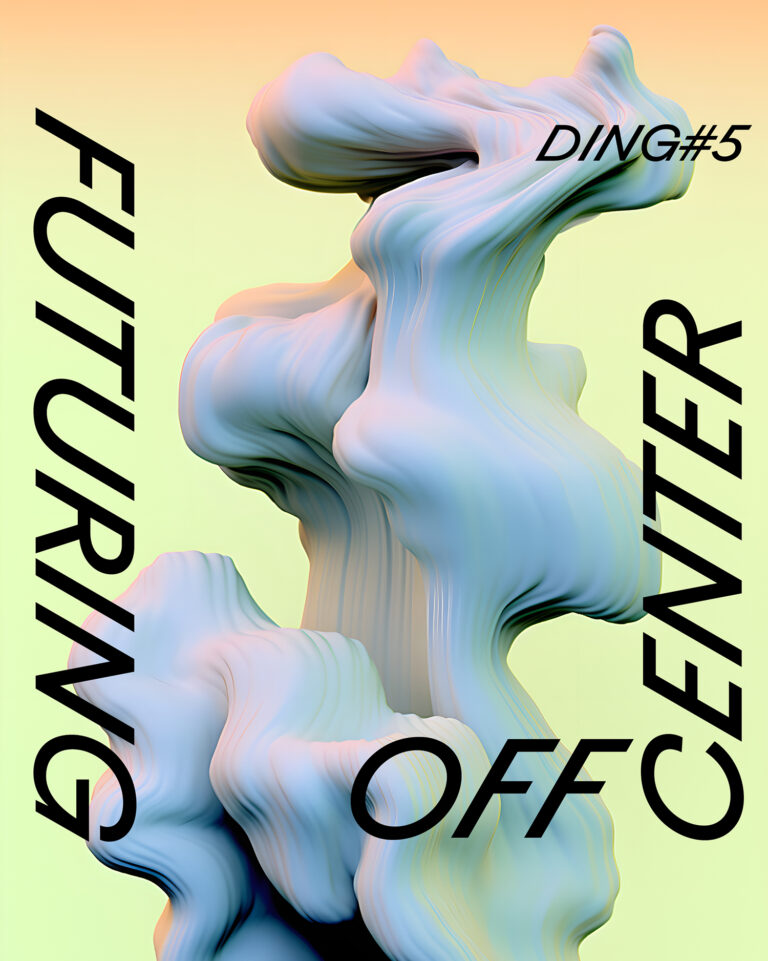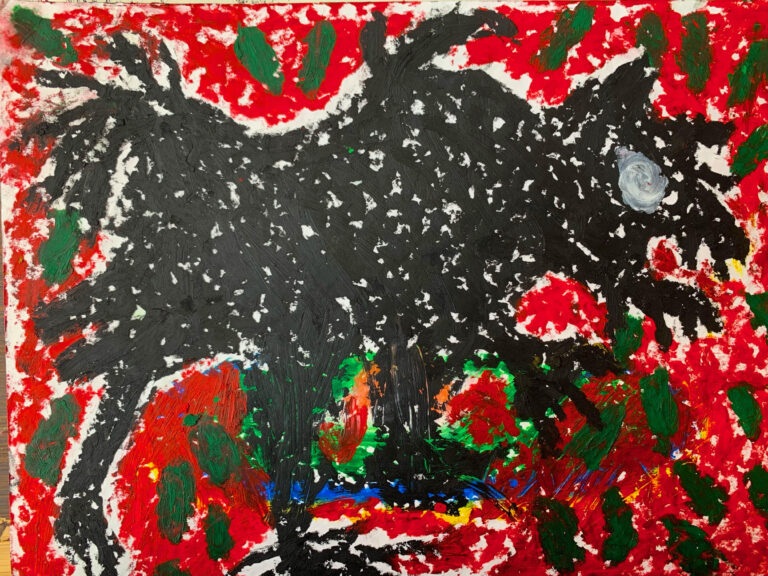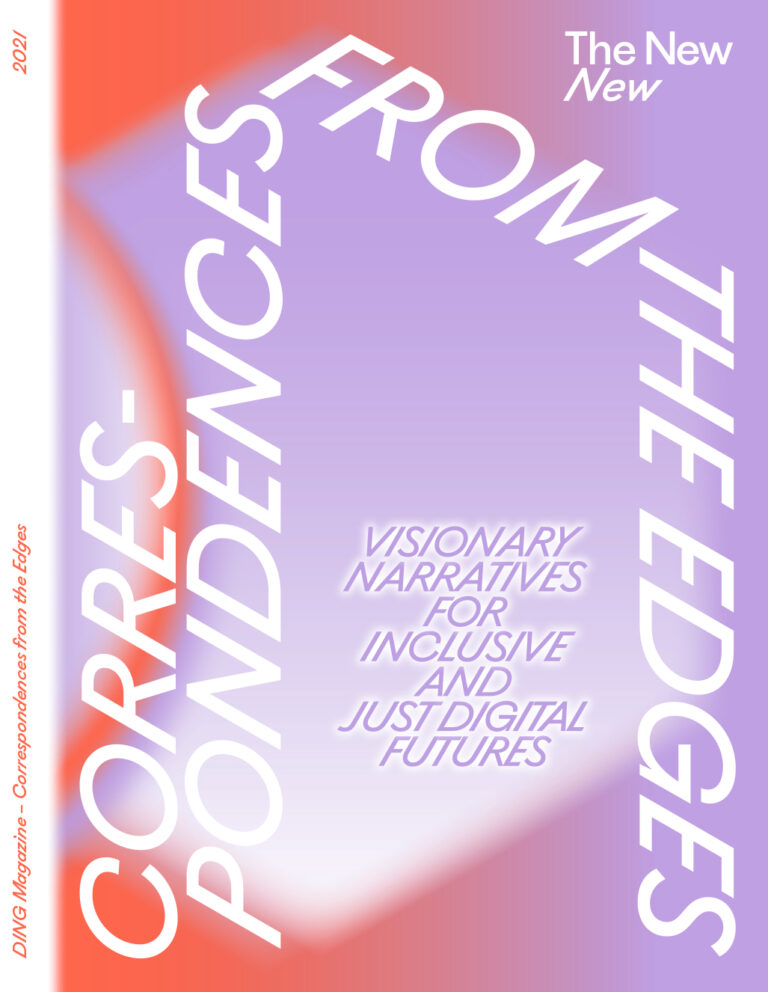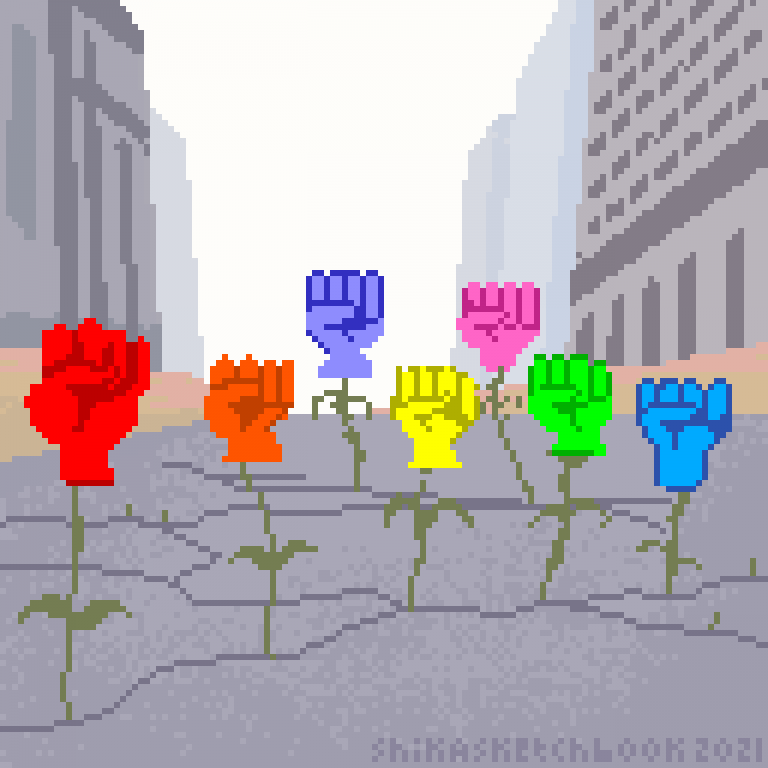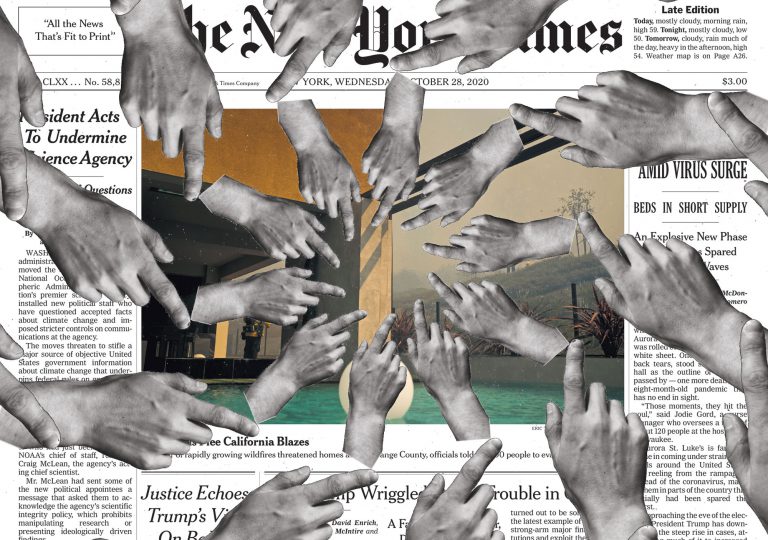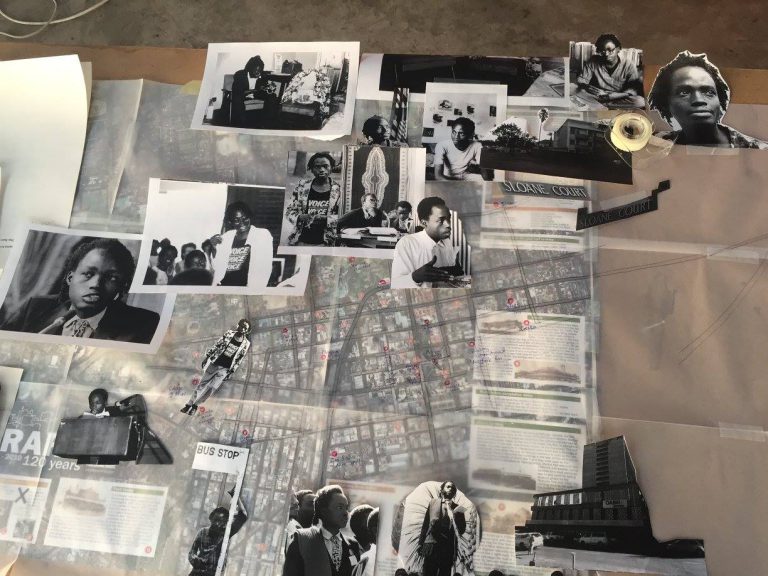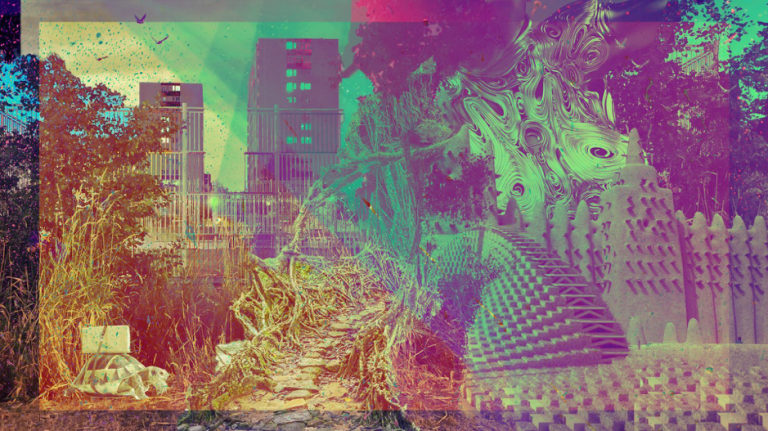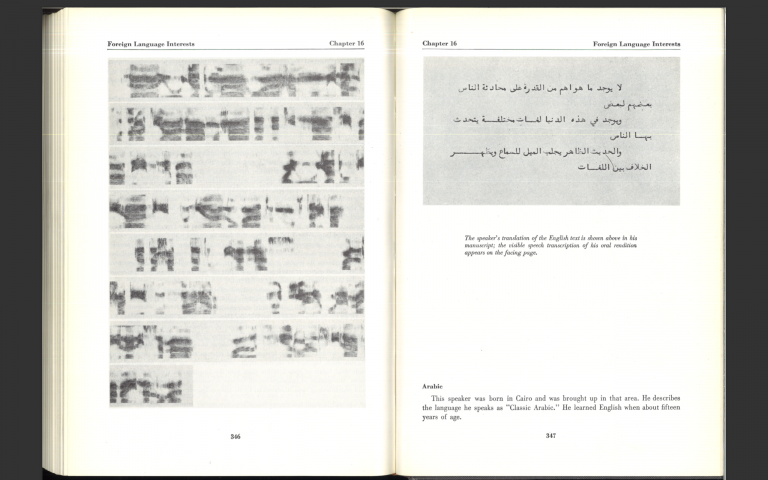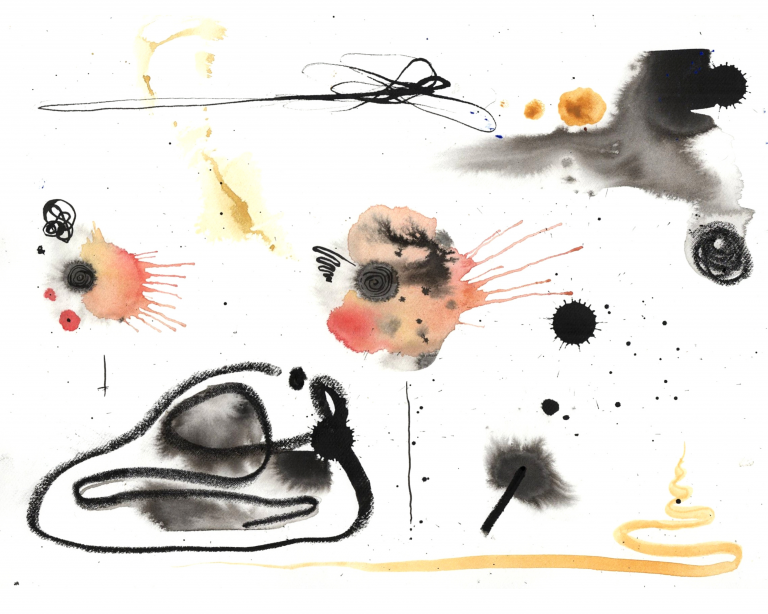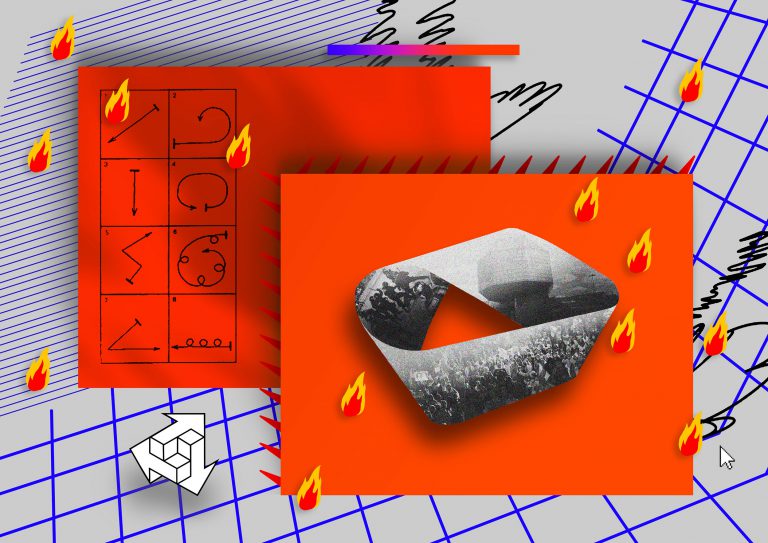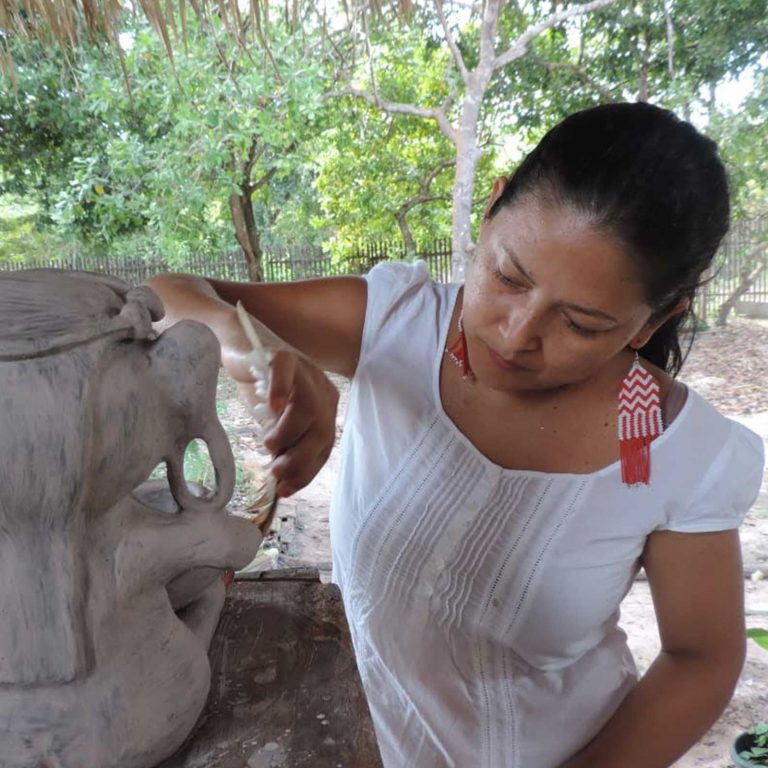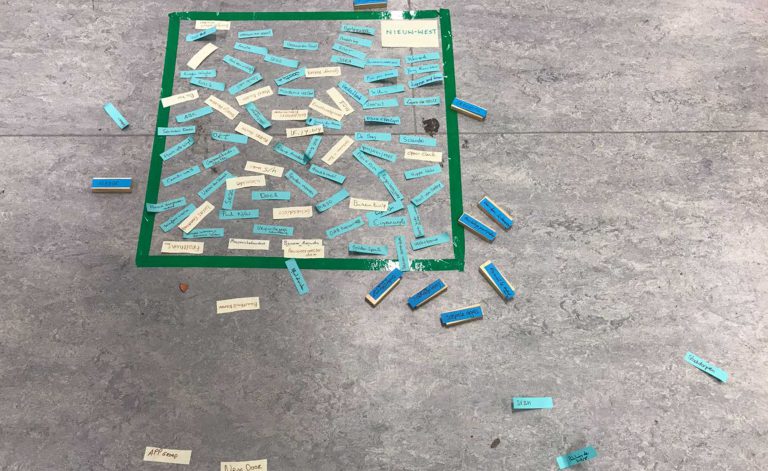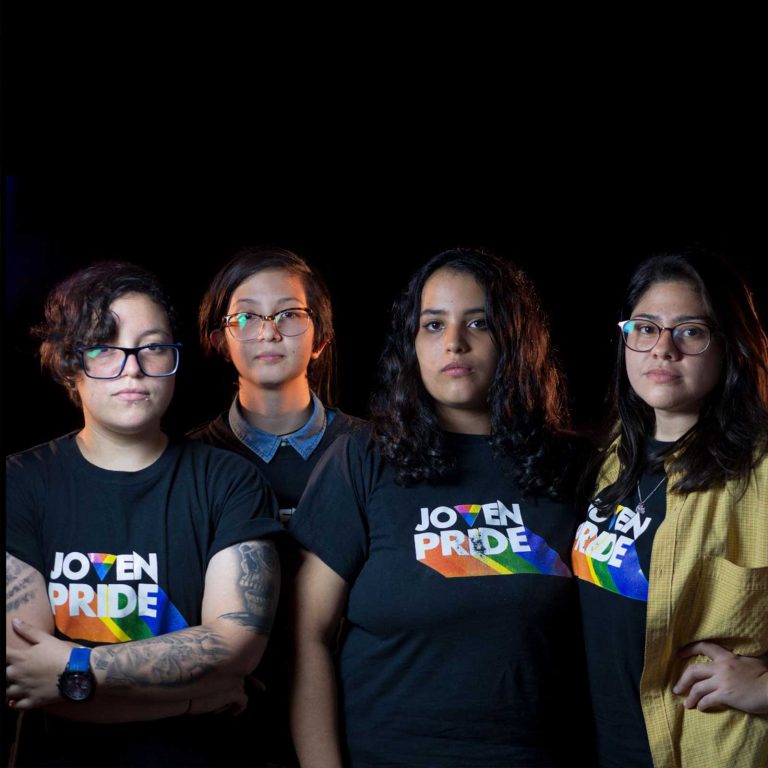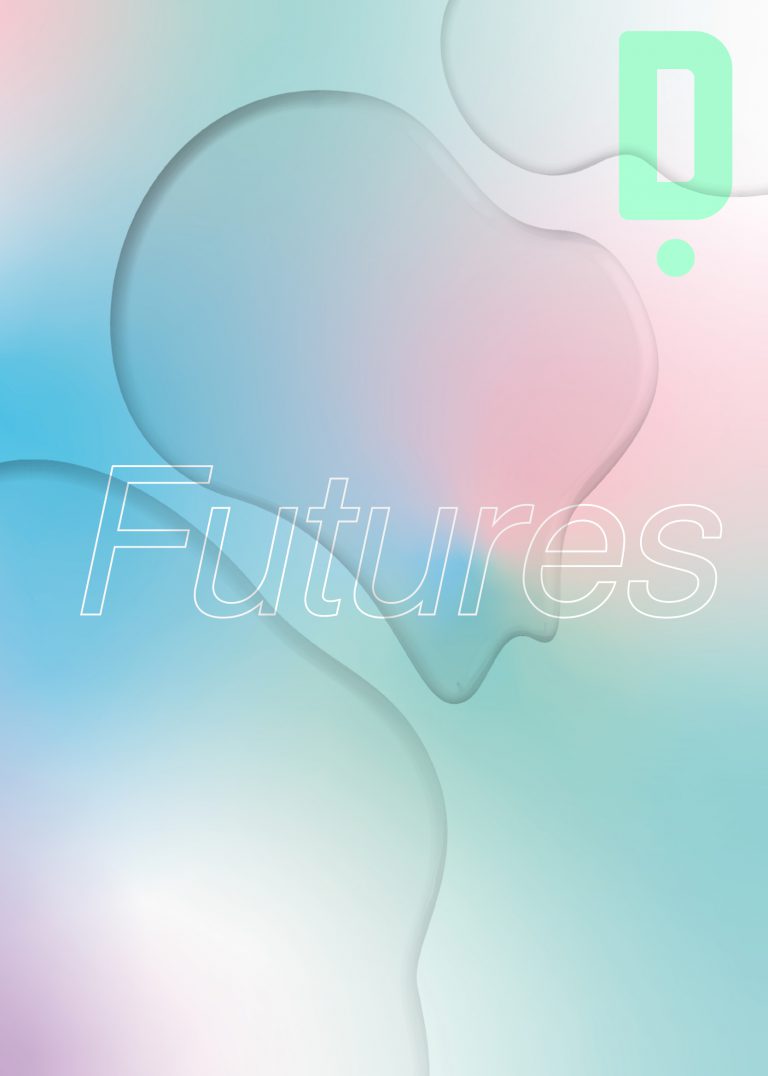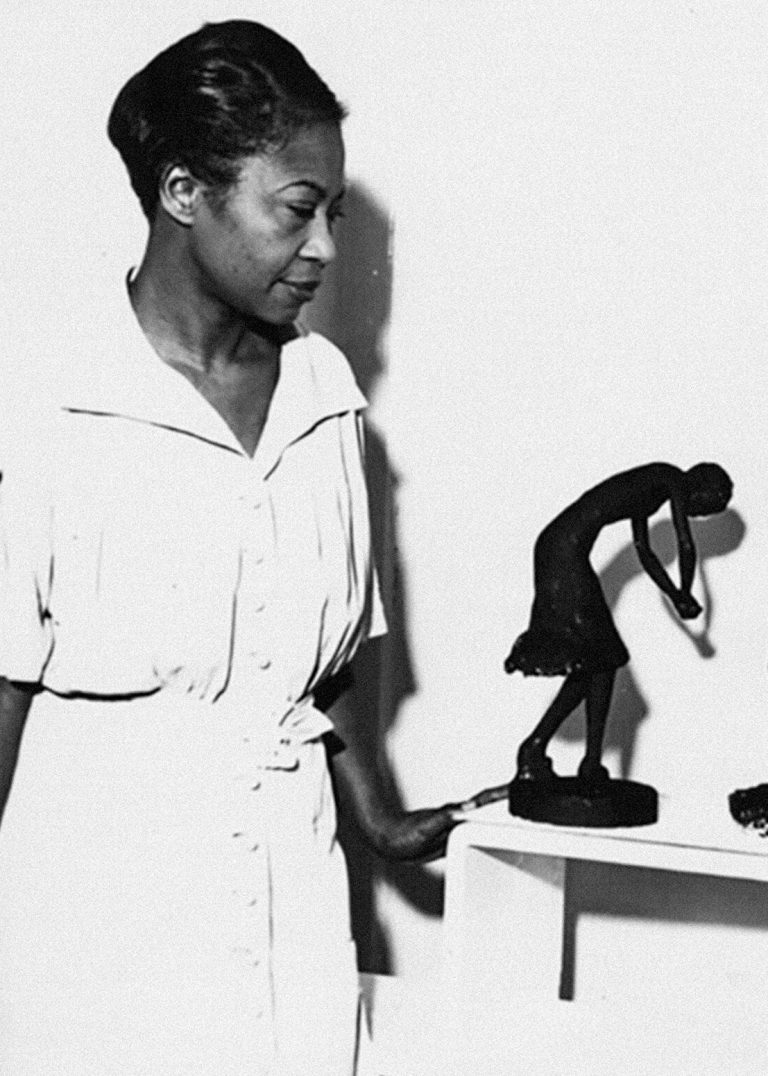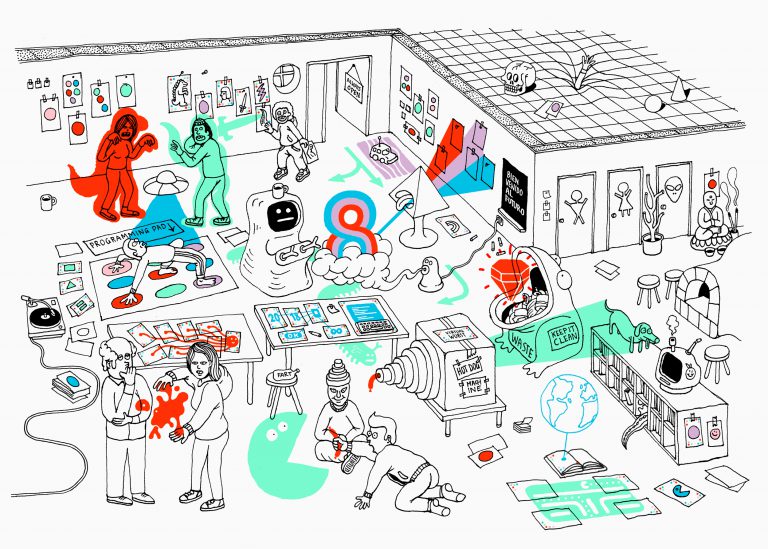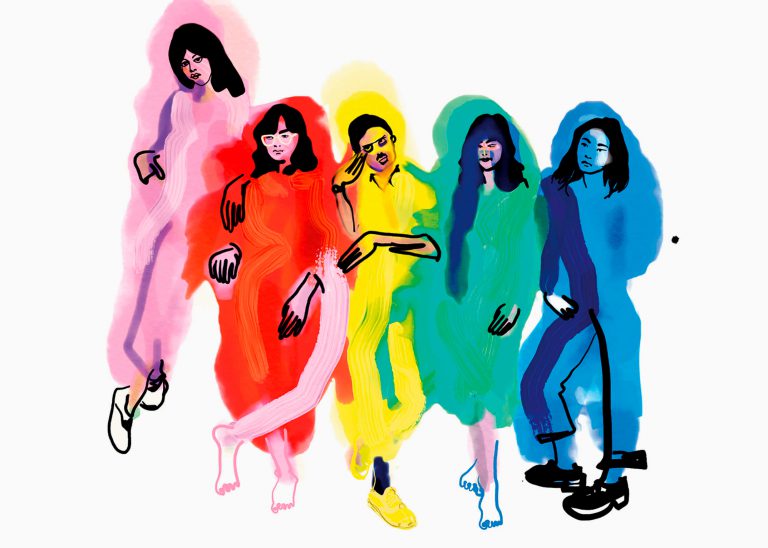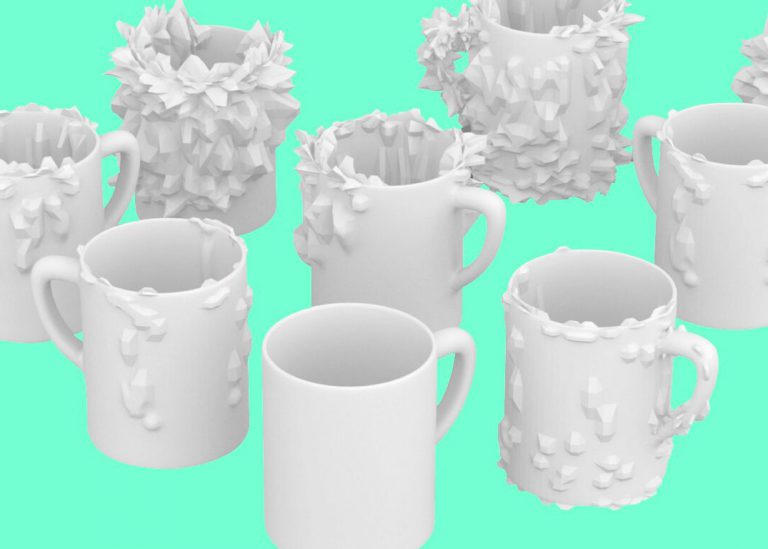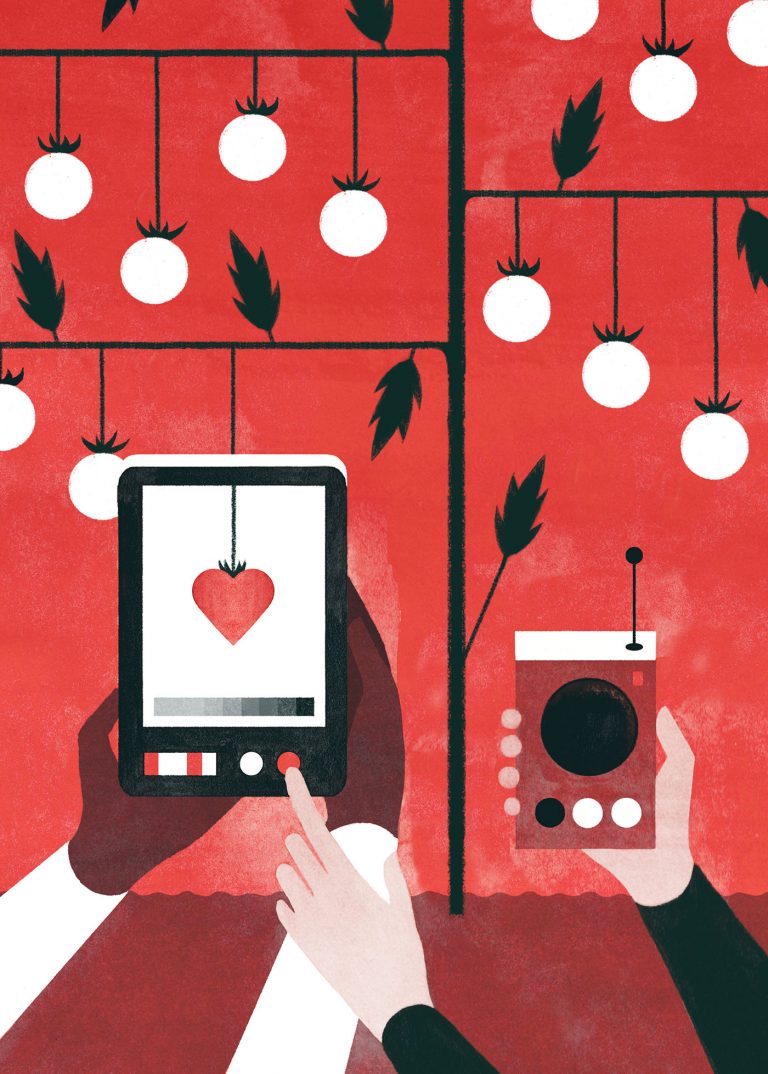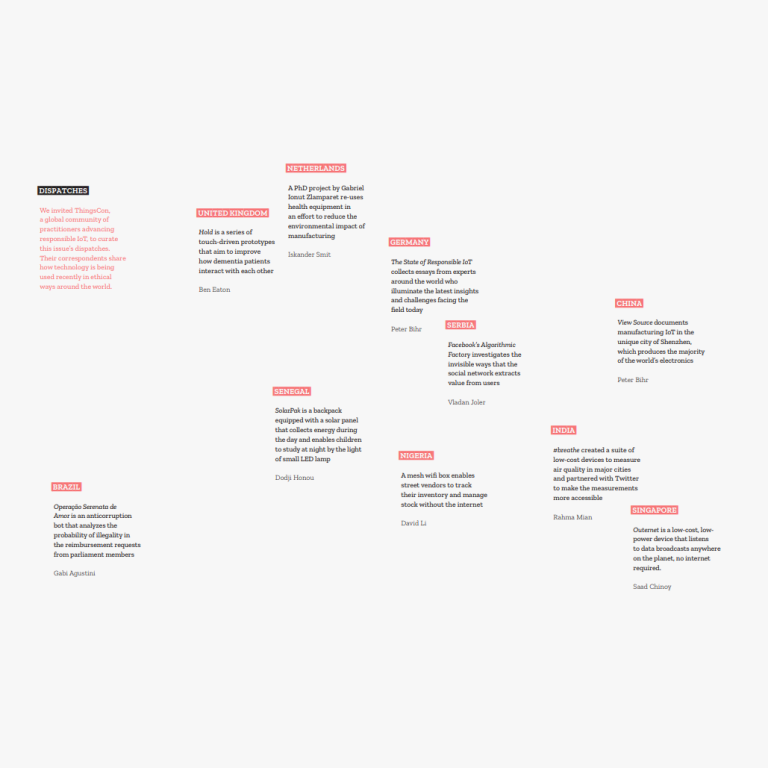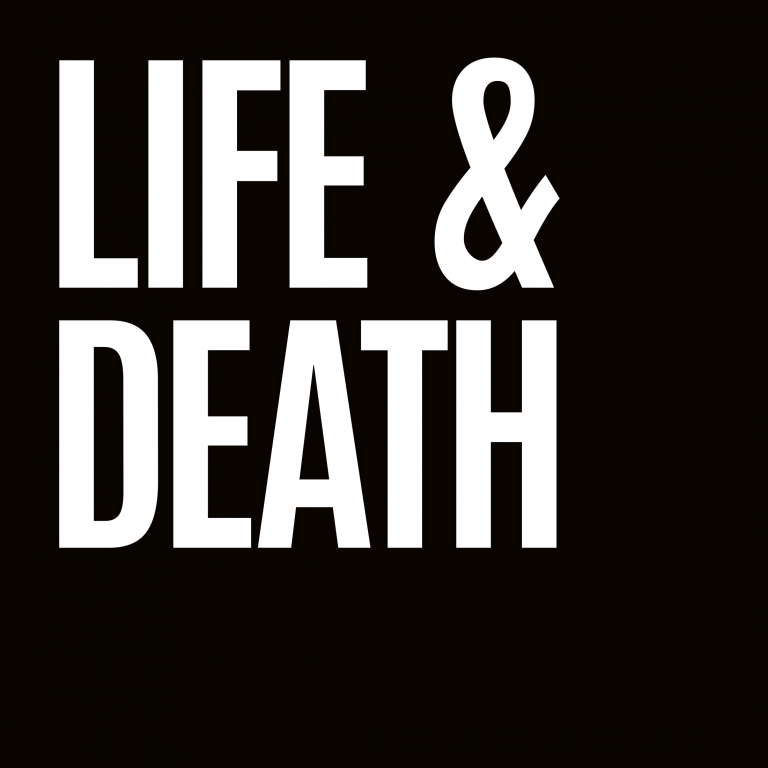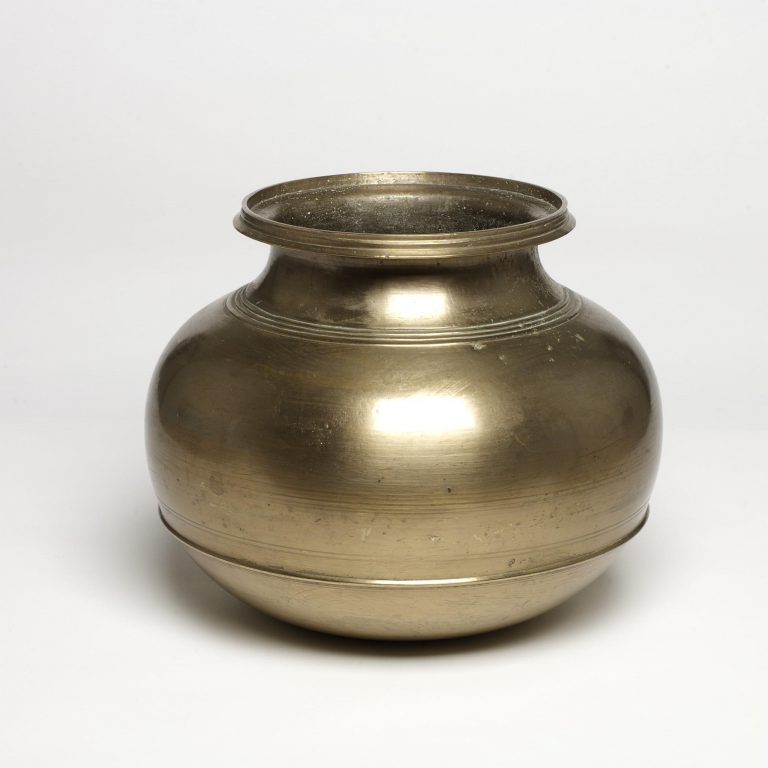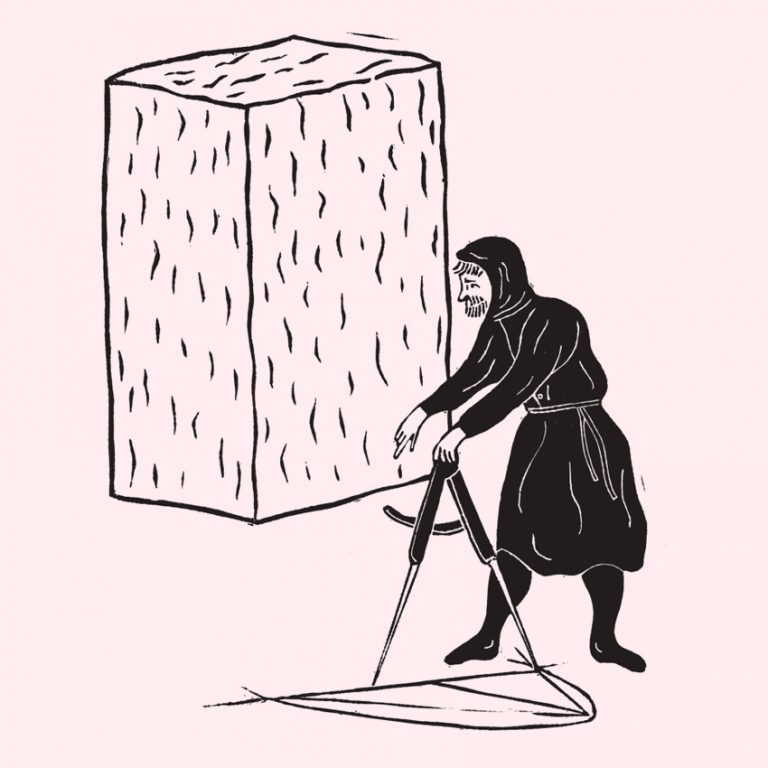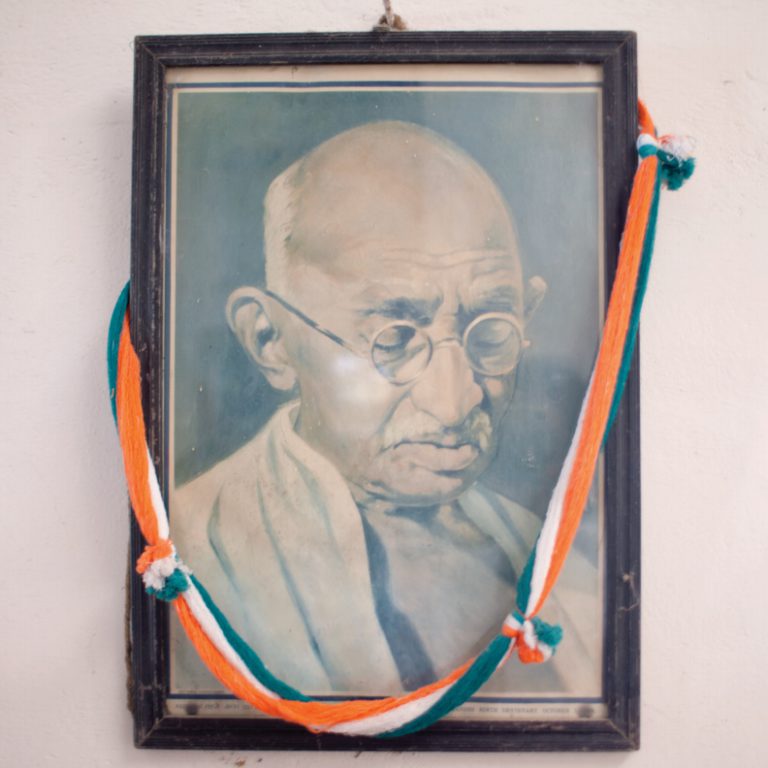Their words are as valid now as when they were written. The report resonates acutely bothwith contemporary craft and digital cultures globally. If we wantto think about how craft could apply to a healthy internet, then this is a perfect place to start.
The advanced complexities of communication were perhaps felt first in Europe, then West to America which was a fertile traditionless field. They then moved East and West gathering momentum and striking India with terrific impact—an impact that was made more violent because of India’s own complex of isolation, barriers of language, deep-rooted tradition.
The decisions that are made in a tradition-oriented society are apt to be unconscious decisions—in that each situation or action automatically calls for a specified reaction. Behaviour patterns are pre-programmed, pre-set. It is in this climate that handicrafts flourish—changes take place by degrees—there are moments ofviolence butthe securityis in the status quo.The nature of a communication—oriented society is different by kind—not by degree.”
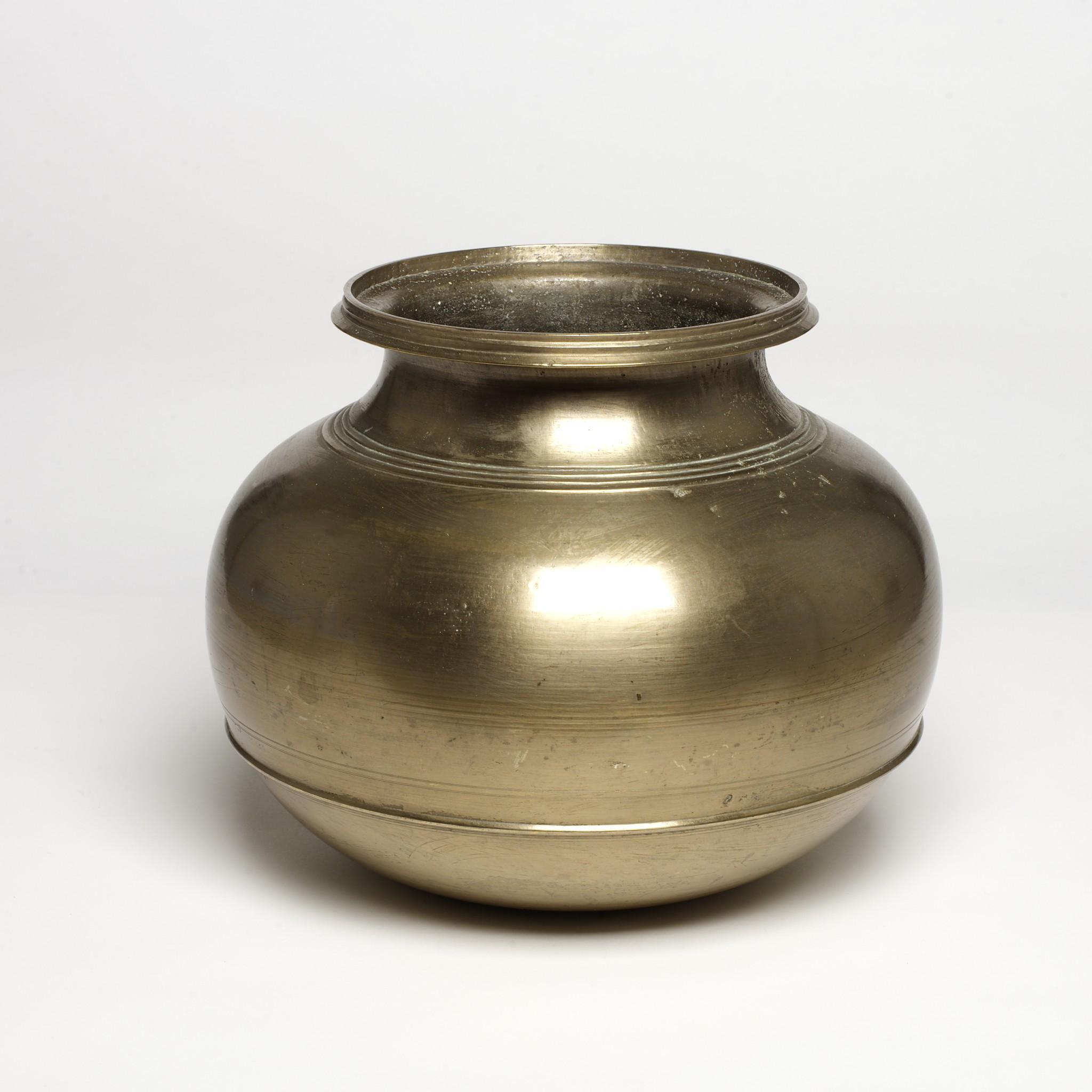
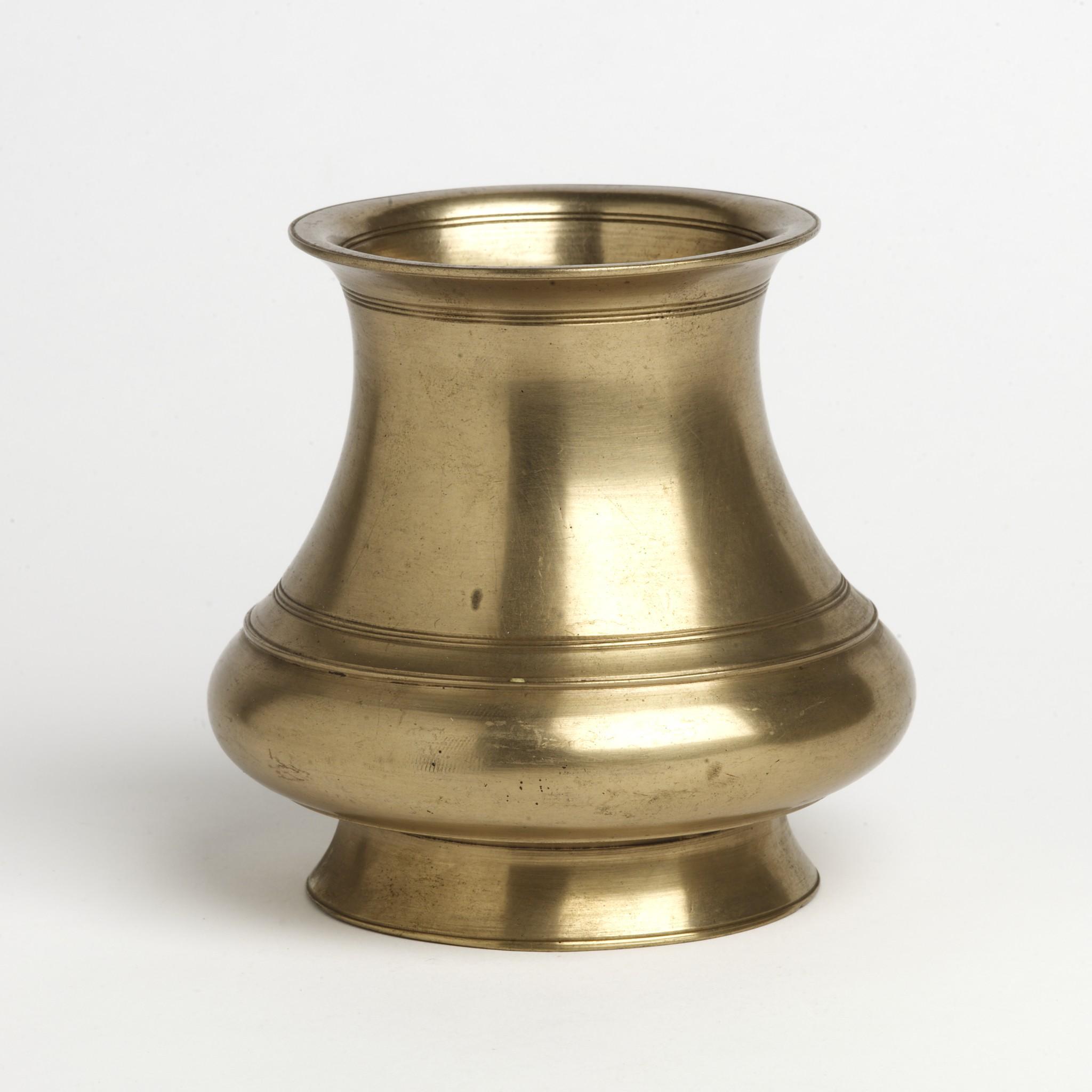
This tweaking, adjusting, refiningis accompanied by what the Eames’ call “moments of violence.” I imagine these moments as creative actions, such as striking metal with force to form a desired shape, after which follow more gentle actions such as planishing with a hammer, filing or polishing adjust the form into the final outcome. To give their abstractions solidity, the Eames¹ used an example of the Indian lota: a small, usually spherical water vessel used for personal hygiene. I believe you could see the Internet as a lota pot. It is something that has been crafted and designed over a generation by the billions of people using it. By following the Eames’ observations further, I’ll explain my rationale for the Internet as a lota.
- The optimum amount of liquid to be fetched, carried, poured and stored in a prescribed set of circumstances.
- The size and strength and gender of the hands (if hands) that would manipulate it.
- The way it is to be transported: head, hip, hand, basket or cart.
- The balance, the center of gravity, when empty, when full, its balance when rotated for pouring.
- The fluid dynamics of the problem not only when pouring but when filling and cleaning, and under the complicated motions of head carrying—slow and fast.
- Its sculpture as it fits the palm of the hand, the curve of the hip.
- Its sculpture as complement to the rhythmic motion of walking or a static post at the well.
- The relation of opening to volume in terms of storage uses—and objects other than liquid
- The size of the opening and inner contour in terms of cleaning.
- The texture inside and out in terms of cleaning and feeling.
- Heat transfer—can it be grasped if the liquid is hot?
- How pleasant does it feel, eyes closed, eyes open?
- How pleasant does it sound, when it strikes another vessel, is set down on ground or stone, empty or full—or being poured into?
- What is the possible material?
- What is its cost in terms of working?
- What is its cost in terms of ultimate service?
- What kind of an investment does the material provide as product, as salvage?
How might we apply craft thinking to a healthy Internet? It may be about understanding and valuing the voice of the individual. It may be about appreciating that all things can be altered to better fit the purpose in which they are used. This is the antithesis of an ascribed perfection. It is also counter to the notion of something being “finished” as well as merely consumed passively.
The craft ethos instead is one in which an individual’s attunement of a thing is a welcomed part of life. It acknowledges that in living with and importantly, through things, we not only adjust them but mould them around ourselves. If we subscribe to this craft lens to the Internet, we see that there is no perfect “thing”, since all things can change, and nothing is ever really ‘finished’. Craft, as a separate process from design, is in a constant state of “becoming.” This is greatly liberating and useful to humans, since we are also dynamic, constantly changing entities.
Whilst the “big five”(Apple,Google, Microsoft,Amazon, and Facebook) may claim to be the Internet, inrealitytheyare part of avesselthathas beentweaked and hammered into existence by billions of people. These companies can, of course, sell a version of a lota pot, but they can’t deny the existence of others. One of the biggest problems we currently face is that these big companies now have the financial and political power to stop us from crafting our own lota pots, our own web. They can prevent us from tweaking, adapting and creating an Internet that “fits” us. Instead, they can confine us to a standardized Internet space and materiality where only facsimiles of their vision can co-exist. This is a form of passive consumption that not only stifles and controls people who use it, but it also denies an evolution of digital communication that is analogous to being human. Let’s change that. Let’s foster more craft thinking with and on the Internet.


